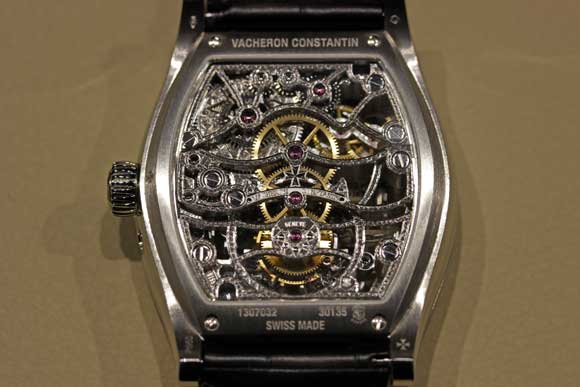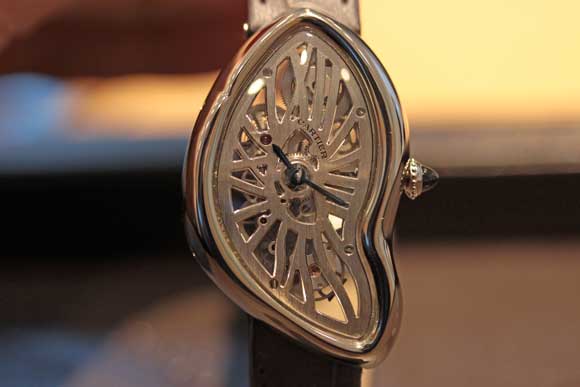— Square, rectangular, cushion and many others, the shape of a movement sometimes matches that of a case. In these rare occasions, the Rolex replica watch gains nobility as well as functionality.
In the watchmaking lingo, a “form movement” cannot have the most obvious one, which is the circle. Any other shape, however strange, fits the bill. But there is more at stake than just semantics. What does it matter whether a movement has a shape other than circular? As a matter of tradition, pocket and wrist fake Rolex watch movements are round, but they are not always cased in round cases. The latter can be square, many types of rectangular, in the form of a cushion, oval, octagon, dodecagon and many more.
It so happens that a movement that has the same shape as its case is of superior quality, for several reasons. The first one is that it looks good when seen through a sapphire crystal. Imagine a small circle lost in the middle of a wide rectangle: something doesn’t fit. Or to be more accurate, something has been made to fit that actually doesn’t. It is much more economical and time-saving to use a run-of-the-mill calibre and to graft it inside any case than to create a new, dedicated one. The matter goes far beyond looks. It’s also about functionality.
A movement created specifically for a type of case can fit more complications because they are scattered at all ends of the replica Rolex watches. For example, a round chronograph in a rectangular case looks narrow in the middle and has nothing at 12 and 6 o’clock… because the movement is absent from these areas. Any additional indication, such as moon phases or a power reserve, would have to be kept close to a cluttered centre, leaving empty spaces at the extremities. Proportions, when they are appropriate, enable function.
The problem is, there are dozens of case shapes. And it is impossible to fit them all. Nevertheless, the most important of them all have found brands that treat them seriously. Cartier and Girard-Perregaux are specialists in rectangular movements. The latter also produces the oval kind. The cushion shape is used by Chopard, Vacheron Constantin’s Malte collection and very very often by Richard Mille. A circle with its flanks chopped off will fit in Bulgari’s Daniel Roth case.
Replica Vacheron Constantin‘s new Malte collection always has a tonneau calibre.
© David Chokron/Worldtempus
Three cases stand out: Christophe Claret has designed a three-dimensional movement for its X-Trem One. It perpetuates a long-lost tradition of “duoplan” movements. It looks like a rectangular bridge over a river. Corum is a major proponent of the “baguette” movement with their Golden Bridge collection, where all the components are in line, anchored to a thin beam. And when it comes to weirdness, the award goes to Cartier. Specialised in movements of all shapes, the brand has designed a skeleton calibre to match its Crash watch. Talk about a close fit, this unique movement follows every curve, each inflexion of the case.
Cartier’s Crash replica watches for sale and its incredible matching movement.
© David Chokron/Worldtempus


